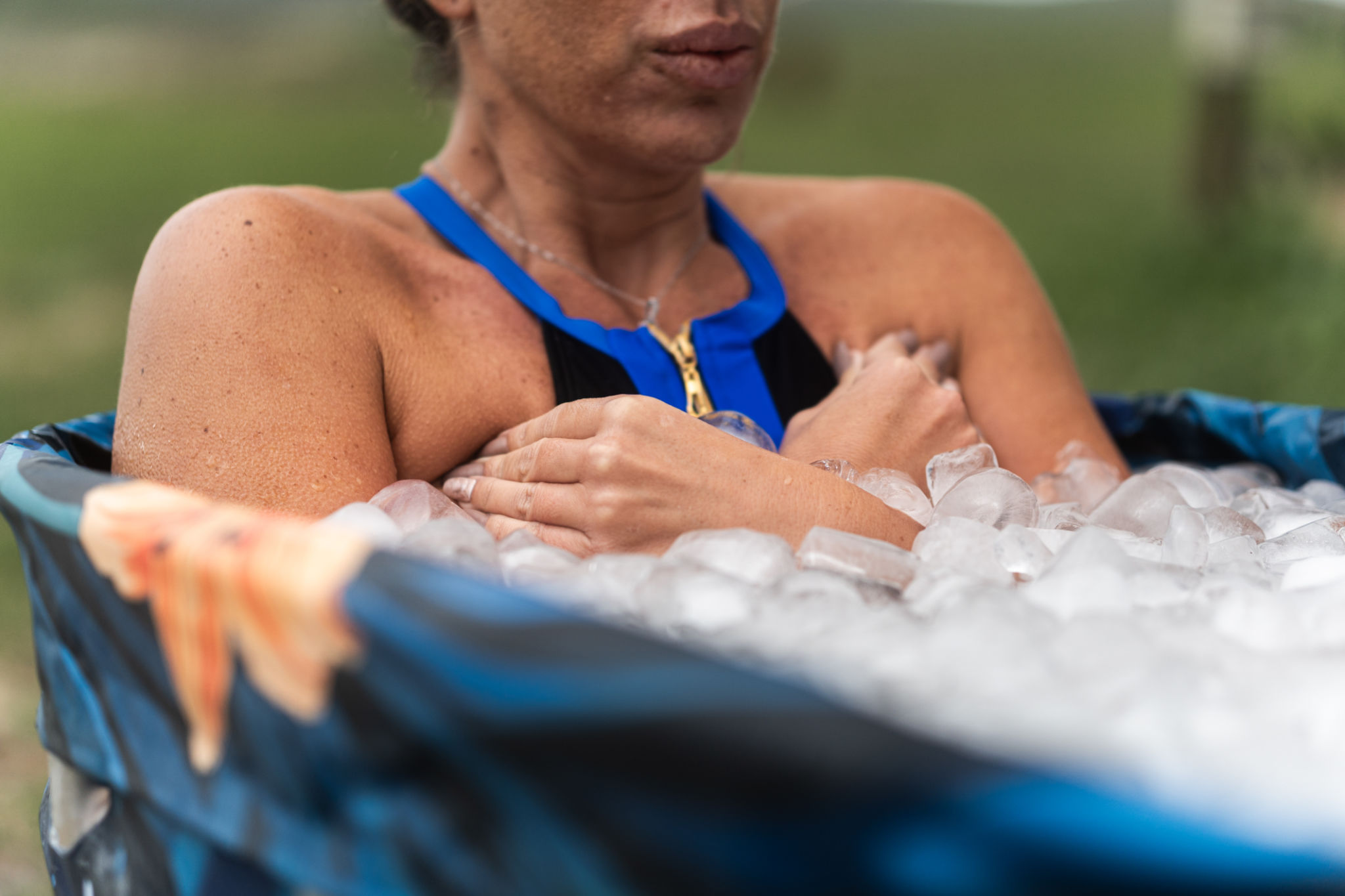Cryotherapy vs. Traditional Ice Baths: Which is Better for Athletes?
Understanding Cryotherapy and Ice Baths
Both cryotherapy and traditional ice baths are popular recovery methods used by athletes to reduce muscle soreness and enhance performance. These treatments use cold temperatures to decrease inflammation and pain, allowing for quicker recovery post-exercise. However, they differ in approach, duration, and accessibility.

Cryotherapy: The Modern Approach
Cryotherapy involves exposing the body to extremely cold air for a short period, typically between two to four minutes. This method is often conducted in a cryo chamber, where temperatures can drop to as low as -200°F (-129°C). The appeal of cryotherapy lies in its quick and convenient sessions, which fit easily into busy schedules.
Advocates of cryotherapy claim that it not only helps reduce muscle soreness but also boosts metabolism, enhances mood, and improves overall recovery time. The extreme cold is believed to trigger the release of endorphins and anti-inflammatory proteins, contributing to these benefits.
Traditional Ice Baths: Tried and True
Traditional ice baths, on the other hand, involve submerging the body in cold water for a longer duration, usually 10 to 15 minutes. This method has been used for decades by athletes seeking relief from muscle soreness and fatigue. The cold water helps to constrict blood vessels, which reduces swelling and helps flush out waste products like lactic acid.

One advantage of ice baths is their accessibility. With just a bathtub and some ice, athletes can create their own recovery sessions at home. However, the longer exposure to cold can be uncomfortable for some, and the setup may be more time-consuming compared to cryotherapy.
Comparing Effectiveness
When it comes to effectiveness, both cryotherapy and ice baths have their merits. Some studies suggest that cryotherapy can enhance recovery more effectively due to the extreme temperatures and shorter exposure time. However, others indicate that the prolonged cold exposure from ice baths might provide more sustained relief from muscle soreness.
Ultimately, the effectiveness of each method can vary depending on the individual's body response and personal preference. Some athletes might find cryotherapy's quick sessions more appealing, while others may prefer the traditional method of ice baths for a more intense cold therapy experience.

Which is Better for Athletes?
The choice between cryotherapy and traditional ice baths often comes down to personal preference and convenience. Athletes should consider factors such as time availability, comfort level with cold exposure, and access to facilities when choosing their preferred recovery method.
For those seeking quick sessions with minimal discomfort, cryotherapy may be the better option. It offers a modern approach with potential additional benefits beyond just muscle recovery. On the other hand, athletes who appreciate a more hands-on and accessible method might find traditional ice baths more suitable.
Conclusion
Both cryotherapy and traditional ice baths have their place in an athlete's recovery routine. It may be beneficial for athletes to experiment with both methods to determine which works best for them. By understanding the differences and potential benefits of each, athletes can make informed decisions on how to optimize their recovery process.
